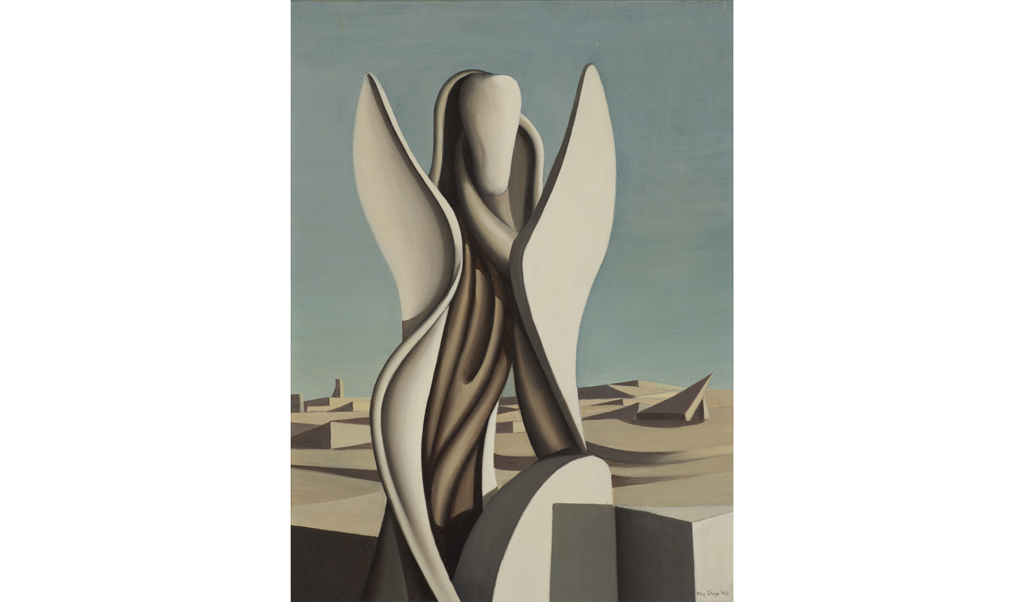1850-1950 Global Artworld: A Critical Art Review

Table of Contents
The Rise of Modernism and its Global Impact
The late 19th and early 20th centuries saw the rise of Modernism, a revolutionary artistic movement that challenged traditional academic styles and embraced new forms of expression. This impacted global art history profoundly, leading to a diversification of artistic styles and perspectives.
Impressionism and its Legacy
Impressionism, originating in France, revolutionized painting with its focus on capturing fleeting moments and the effects of light and color. Key artists like Claude Monet, Pierre-Auguste Renoir, and Edgar Degas masterfully employed short, broken brushstrokes and vibrant hues to depict scenes of everyday life.
- Key characteristics: Emphasis on light and its changing effects, visible brushstrokes, open compositions, and depiction of modern life.
- Global spread: While initially confined to France, Impressionism’s influence quickly spread across Europe and beyond, inspiring artists in various countries to adapt its principles to their own cultural contexts.
- Subsequent influence: Impressionism paved the way for Post-Impressionism and other subsequent movements, influencing the development of modern art globally.
Post-Impressionism: Divergent Paths
Post-Impressionism, while building upon Impressionism's innovations, marked a departure towards greater subjectivity and expression. Artists like Vincent van Gogh, Paul Cézanne, and Paul Gauguin explored individual styles, leading to diverse artistic expressions.
- Key figures and styles: Van Gogh's emotionally charged brushwork and impasto technique; Cézanne's analytical approach to form and structure; Gauguin's symbolist and primitivist tendencies.
- Impact on 20th-century art: Post-Impressionism's diverse approaches laid the groundwork for Expressionism, Fauvism, and other pivotal 20th-century movements. Its exploration of subjective expression and personal interpretation profoundly influenced the evolution of modern art.
- Global interpretations: Post-Impressionism's emphasis on personal expression resonated with artists worldwide, leading to diverse interpretations and adaptations of its principles in different cultural settings.
Beyond Europe: Non-Western Artistic Traditions and Modernism
While European art movements dominated the narrative of Modernism for a long time, it's crucial to acknowledge the significant contributions from non-Western artistic traditions. The impact of colonialism often complicated the narrative, but indigenous art forms continued to evolve and exert their own influence.
- Asia's contribution: The influence of Japanese woodblock prints on Impressionist artists is well-documented. Simultaneously, modern art movements were developing independently in China and India, reflecting unique cultural and social contexts.
- Colonial impact: Colonialism significantly impacted artistic production in many parts of the world, often suppressing indigenous traditions while imposing Western aesthetics.
- National styles: Despite these challenges, distinct national artistic styles emerged, reflecting the unique cultural identities and experiences of various regions.
- Defining "Modernism": Defining "modernism" in non-Western contexts requires nuanced consideration, avoiding Eurocentric interpretations and recognizing the diverse expressions of modernity across the globe.
Major Art Movements of the Early 20th Century
The early 20th century witnessed an explosion of artistic innovation, with several significant movements pushing the boundaries of traditional art.
Fauvism and Expressionism
Fauvism, characterized by bold, non-naturalistic colors and expressive brushwork (Henri Matisse, André Derain), and Expressionism, emphasizing emotional intensity and subjective experience (Edvard Munch, Ernst Ludwig Kirchner), reflected a shift away from objective representation.
- Social and political contexts: Both movements reflected the anxieties and uncertainties of a rapidly changing world, often serving as vehicles for social and political commentary.
- Style comparison: While both movements embraced expressive color and brushwork, Fauvism leaned towards a more decorative aesthetic, while Expressionism often conveyed psychological turmoil.
Cubism and its Derivatives
Cubism, pioneered by Pablo Picasso and Georges Braque, revolutionized artistic representation by fragmenting objects and depicting them from multiple perspectives simultaneously.
- Impact on other art forms: Cubism’s influence extended beyond painting, impacting sculpture, architecture, and design.
- Phases of Cubism: The movement evolved through various phases, from early Analytic Cubism to Synthetic Cubism, each with its own distinct characteristics.
- Influence on Surrealism: Cubism’s experimentation with form and perspective significantly influenced later movements like Surrealism.
Art Nouveau and Art Deco: Decorative Arts and Design
Art Nouveau (Antoni Gaudí, Alphonse Mucha) and Art Deco embraced decorative arts and design, creating elegant and often ornate styles.
- Stylistic features: Art Nouveau's flowing, organic lines contrasted with Art Deco's geometric and streamlined forms.
- Applications: Both styles were extensively applied in architecture, furniture, graphic design, and other decorative arts.
- Global reach: These movements had a significant global reach, influencing design and decorative arts worldwide.
Surrealism and its Global Echoes
Surrealism (Salvador Dalí, Joan Miró, René Magritte) delved into the subconscious, exploring dream imagery, automatism, and the irrational.
- Psychological themes: Surrealist artworks explored themes of the unconscious mind, dreams, and the irrational, often employing symbolic imagery.
- Techniques: The movement utilized techniques like dream imagery, automatism (spontaneous creation), and juxtapositions to create unsettling and thought-provoking works.
- Global variations: Surrealism found expression in diverse cultural contexts, with artists across the globe adapting its principles to their own unique artistic visions.
The Socio-Political Context of Art, 1850-1950
The art produced between 1850 and 1950 was deeply intertwined with the socio-political landscape of the time. Several factors significantly shaped artistic production:
- Industrialization and urbanization: The rapid growth of industries and cities influenced artistic themes, leading to depictions of industrial landscapes, urban life, and social issues.
- Colonialism: Colonial expansion impacted artistic production significantly, both in colonized regions and in the colonizing powers, shaping artistic representation and exchange.
- World Wars: The two World Wars profoundly influenced art, leading to works reflecting trauma, disillusionment, and the horrors of conflict.
- Social movements: Social and political movements, such as suffrage movements and socialist ideologies, influenced artistic themes and the role of art in social change.
- Art patronage and the market: Changes in art patronage and the emergence of a modern art market significantly impacted artistic production and distribution. The rise of galleries and museums shaped the dissemination of artworks.
Conclusion
The period from 1850 to 1950 represents a watershed moment in global art history. From the Impressionists’ revolutionary approach to light and color to the profound psychological explorations of the Surrealists and the diverse expressions of modernism across the globe, this era laid the foundation for much of 20th- and 21st-century art. Understanding the major art movements and their interwoven socio-political contexts is crucial for appreciating the richness and complexity of this transformative period. To further deepen your understanding of this fascinating era, delve deeper into the individual artists and movements discussed, exploring their techniques, influences, and lasting impact on the global art world. Continue your exploration of 19th-century and 20th-century art to gain a fuller appreciation of this dynamic period in art history.

Featured Posts
-
 Londons Festival Scene In Jeopardy Campaigners Win Case To Halt Events
May 19, 2025
Londons Festival Scene In Jeopardy Campaigners Win Case To Halt Events
May 19, 2025 -
 Todays Nyt Mini Crossword Answers March 16 2025
May 19, 2025
Todays Nyt Mini Crossword Answers March 16 2025
May 19, 2025 -
 Maastricht Airport Passenger Numbers A 2025 Forecast
May 19, 2025
Maastricht Airport Passenger Numbers A 2025 Forecast
May 19, 2025 -
 London Parks Transformed Rylances Criticism Of Music Festival Impact
May 19, 2025
London Parks Transformed Rylances Criticism Of Music Festival Impact
May 19, 2025 -
 Ljnt Iemar Ghzt Nqyb Almhndsyn Yde Khtt Eml Qablt Lltnfydh
May 19, 2025
Ljnt Iemar Ghzt Nqyb Almhndsyn Yde Khtt Eml Qablt Lltnfydh
May 19, 2025
